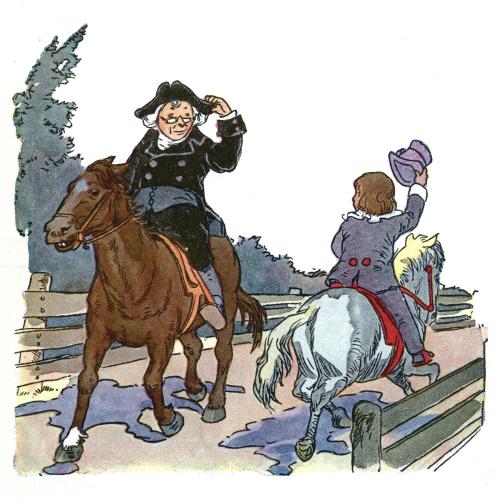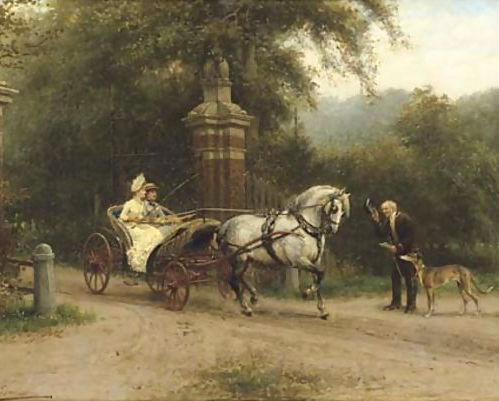Chivalry: The Etiquette and History of Hat Tipping
Arrival at a ball in Colonial Philadelphia by J. L. G. Ferris.
“If a gentleman meets a gentleman, he may salute him by touching his
hat without removing it, but if a lady be with either gentleman, both
hats must be lifted in salutation. If a gentleman stops to speak to a
lady, in the street, he must hold his hat in his hand during the
interview, unless she requests him to replace it. With a gentleman
friend etiquette does not require this formality.” From Frosts Laws and
By-Laws of American Society, 1869
Knights would remove their helmet when entering a building to signify
a peaceful position, since a knight could not fight or defend himself
without the helmet. Since the removal of his helmet made him
vulnerable, it informed others that combat or any type of violence was
not his motive. This practice also evolved into the removal of one’s hat
when entering a building, when hearing the national anthem and in
different situations where they would not be going back out in public
immediately. Men would hold their hats in their hand when speaking with a
lady but would put it back on when they began to walk together if out
in public.



